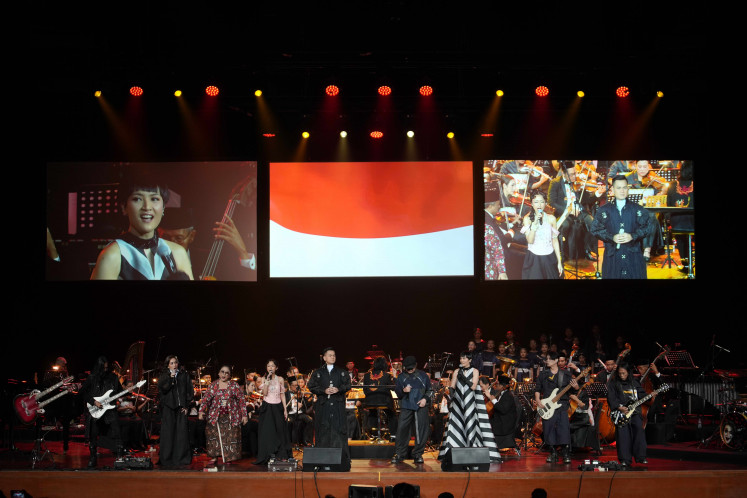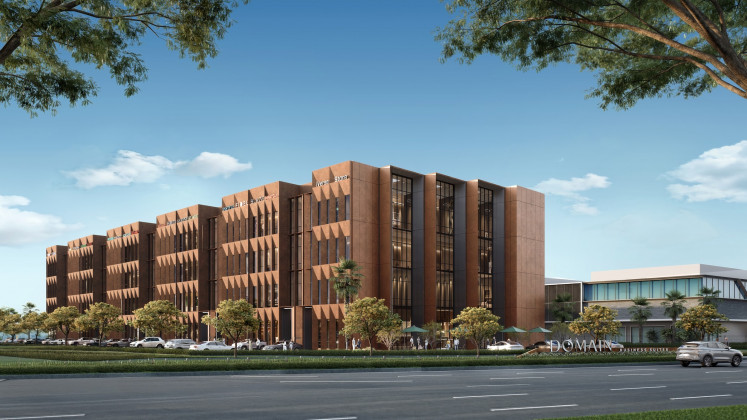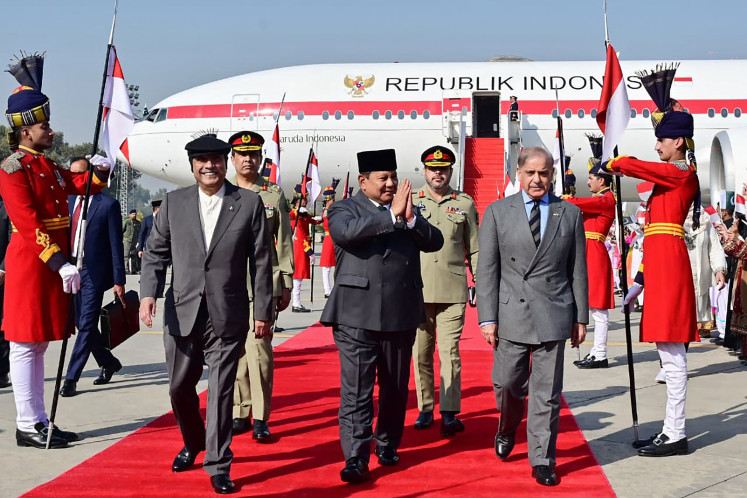Popular Reads
Top Results
Can't find what you're looking for?
View all search resultsPopular Reads
Top Results
Can't find what you're looking for?
View all search resultsWhat do astronauts eat in space?
Change text size
Gift Premium Articles
to Anyone
W
hat do Russian, American, Japanese and Chinese astronauts eat in space? Do they eat the same things as on earth or something totally different? Are these foods tasty? The truth may blow your mind.
Russia
As the first country to send astronauts into space, Russia started to develop space food since the early 1960s. Food that can be sucked was the earliest type of space food, but astronauts still felt hungry after eating them. Later, more satisfying foods like oxtongue, herring pie and chicken cutlets were then added to the menu to solve the problem.
Now Russian astronauts can enjoy a variety of food similar to on earth, such as black bread, honey cake, ham, quail, Polish pike, Russian cheese and sturgeon. Food is stored in special packages, and astronauts can eat them with a spoon or fork rather than suck them with a straw.
A new space menu, as reported by the Russian media in 2013, includes vegetable soup, mushroom soup, Russian mushroom, jelly, sesame milk curd and others.
US
Fast food is the main food for American astronauts. The range of delicious food includes sausage pies, spicy grilled fish, potato roast beef, butter bread, tempeh broth, tuna salad and drinks like Coca-cola.
Space shuttle Atlantis' astronauts even enjoyed a Thanksgiving Day Turkey dinner in 2009, with smoked and irradiated turkey, candied yams, freeze-dried cornbread stuffing and green beans.
Japan
Japanese space food expresses their unique cultural identity. Japan Aerospace Exploration Agency displayed 29 different types of space food at an exhibition in Tokyo in June, 2007. Most of these are traditional Japanese food, including rice balls, tomato fish, curry noodles, mountain vegetables, beans, glutinous rice, and sweets.
At the request of Japanese astronaut Takao Doi, Nissin Foods Holdings Co Ltd and Japan Aerospace Exploration Agency developed nine types of Japanese space food together, which includes assorted udon noodles, tempura soba, onion scrambled chicken, fried tofu sushi, and assorted pancakes.
(Read also: China launches manned mission to experimental space station)
They are instant food and need to be soaked in hot water at 70 C before eating. The udon noodles and soba are stickier than normal to prevent the noodle soup from spilling out.
Takao Doi said that he expected to eat food from home in space before the launch of space shuttle Endeavour in 2008.
China
Chinese space food has become more diverse and delicious in recent years. In 2003, there were 20 or 30 types of food for China's first astronaut, Yang Liwei, who was carried aloft by Shenzhou V.
On Shenzhou VII which blasted off in 2012, there were about 70 types of items. The first breakfast for crew members was assorted fried rice, dried braised Pleurotus eryngoes, pickled cabbage and pork, pickled mustard, Char Siu Sauce and milk tea.
The menu for Shenzhou X has expanded to more than 80 types of food, with moon cake and ice cream on the list. As her trip coincided with Dragon Boat festival, female astronaut Wang Yaping ate bean paste rice dumplings to celebrate the festival.
Shenzhou XI, on the other hand, carries more than 100 types of food and beverages, including spiced beef and shredded pork in garlic sauce, a popular dish in almost every Sichuan cuisine restaurant, and desserts.
Recipes were designed and arranged in accordance with nutritional requirements in different phases of the mission.
For example, the astronauts can eat congees if they lack appetite during their first days in space; Chinese food therapy will be adopted in the middle phase in line with the changes in the astronauts' physical conditions; while in the latter stage, food with low dietary fiber along with multivitamins will kick in.
The recipe will change every five days during their 33-day stay in space. All food can keep for more than one year and are free from preservatives.
Tiangong II space lab, which Shenzhou XI has docked on Wednesday, is equipped with a heater for astronauts to heat their food.











